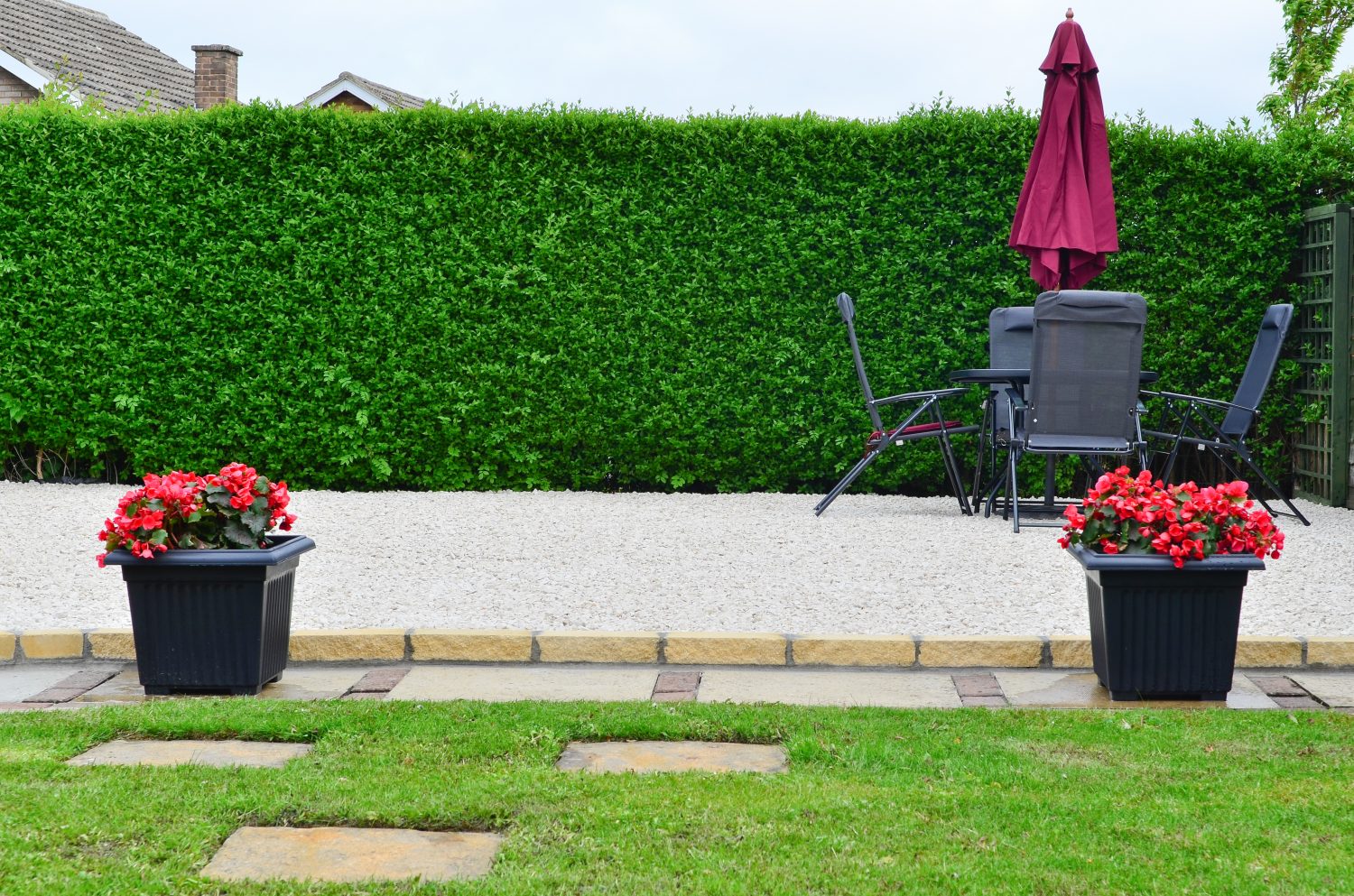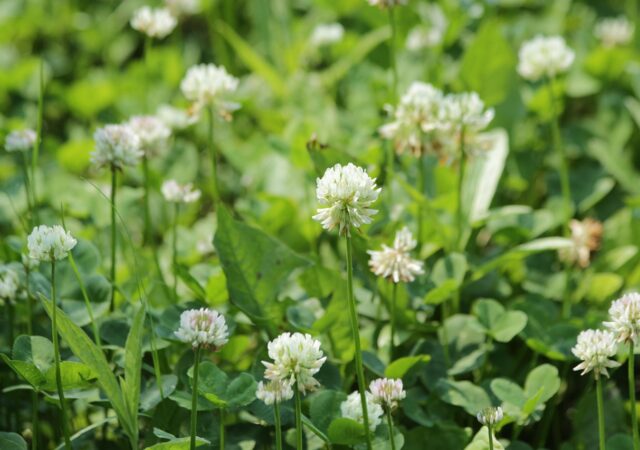Shrubs can be used as a great way to divide spaces and provide privacy from street traffic and neighbors, all while making your yard beautiful. In addition, hedges are perfect for acting as a sound barrier, protecting against harsh winds, and helping to reduce snow in your yard during harsh winters.
Shrubs that are suitable for use as a hedge must be able to be pruned into shape. To do so, use general pruning practices such as removing growth that you don’t want, removing dead limbs from the base, and thinning out the thick outer cover. For formal pruning, use your house, siding, or stakes and strings as guides to cut a straight line. Making sure that it is level, use a hedge trimmer along the top and sides of the hedges. A hint is to keep the base wider than the top and to step back occasionally as you’re trimming to check your work.
Wondering what type of hedges to plant? Learn about the evergreens and deciduous plants that work best for privacy hedges:
Evergreens
There are some evergreens that make great hedges that can provide privacy year-round. These include:
- Boxwoods (Buxus spp.),
- Yews (Taxus spp.), and
- Arborvitae (Thuja occidentalis).
For these plants, the cultivar you choose will determine the shape of the shrub, so be sure to pick one that fits the shape you are going for.
Deciduous Plants
You may choose to use deciduous plants for a hedge, as well. Some great deciduous hedges include:
- Alpine currant,
- Dogwood, and
- Vviburnum.
These shrubs have the benefit of producing flowers and fruit for wildlife as long as they are pruned correctly. If you want to enjoy the flowers and fruit from these plants, it is best to prune in late winter or early spring before they begin to leaf out.




